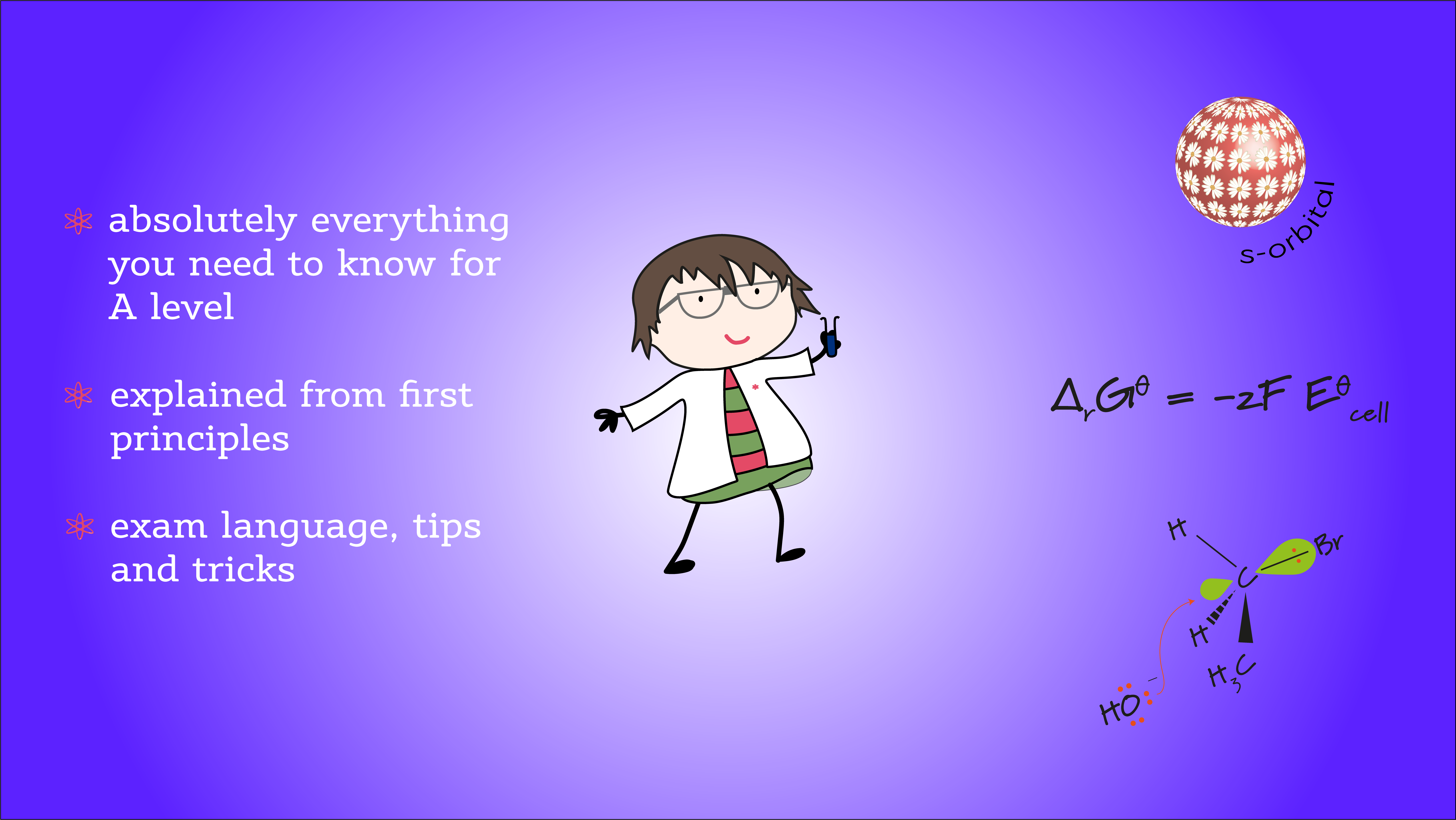Calculations for AS and A level Chemistry
Being confident in tackling different types of mole calculation is the foundation upon which much of A level chemistry stands
The ultimate A level chemistry resource

Being confident in tackling different types of mole calculation is the foundation upon which much of A level chemistry stands
This is a set of more difficult long answer exam questions that require you to use data from mass spectra,
Continue readingMixed spectra long answer exam question practice
24th NOvember 2025 Trending study hacks you should try (and a few you shouldn’t)! Powerful revision strategies and seriously effective
Powerful revision strategies and seriously effective study hacks are all about RETRIEVING information. They make us feel uncomfortable because we have to struggle
Continue readingTrending study hacks you should try (and a few you shouldn’t)!
Using past paper mark schemes to help you master tricky topics is one of the most overlooked study tools at A level.
Continue readingAre you leveraging the A* advice in mark schemes?
The short answer is because they contain the pigments β-carotene and lycopene which strongly absorb visible light in the blue-green
What happens when a substituted benzene such as chlorobenzene or methyl benzene undergoes an electrophilic substitution reaction? There are two
Continue readingExplaining the reactivity of substituted benzenes
Friedel-Crafts reactions allow us to add alkyl and acyl groups to benzene providing a way of adding carbon atoms to
At first sight benzene seems surprisingly unreactive for an unsaturated hydrocarbon. Benzene does not decolourise bromine water when shaken with
Continue readingElectrophilic substitution reactions of benzene
Enzymes are proteins that catalyse virtually all the biochemical reactions happening in the body, working at body temperature (37°C) and
Optical isomerism is a type of stereoisomerism in which the optical isomer has a chiral centre and does not possess
The primary structure of a protein is simply the sequence of amino acids in a polypeptide chain, but these polypeptide
Amino acids are the building blocks of polypeptide chains which fold into 3D protein structures. Proteins are biopolymers that play